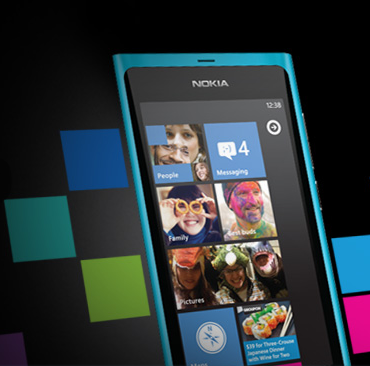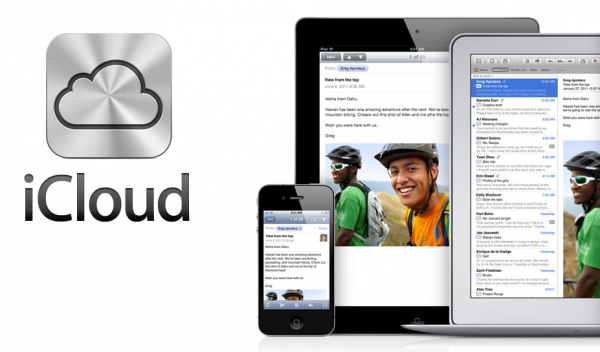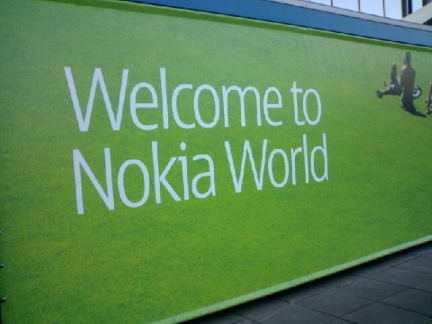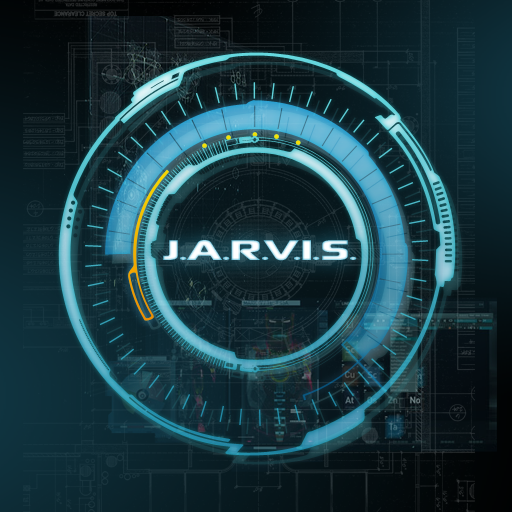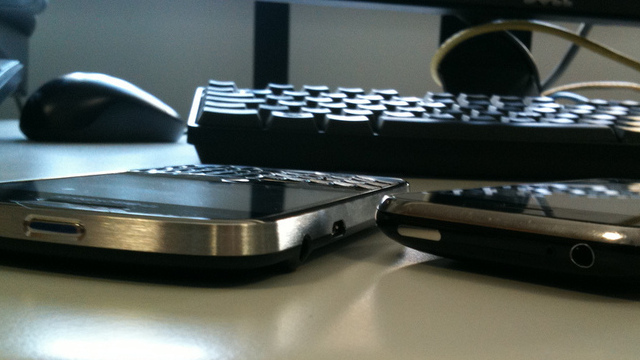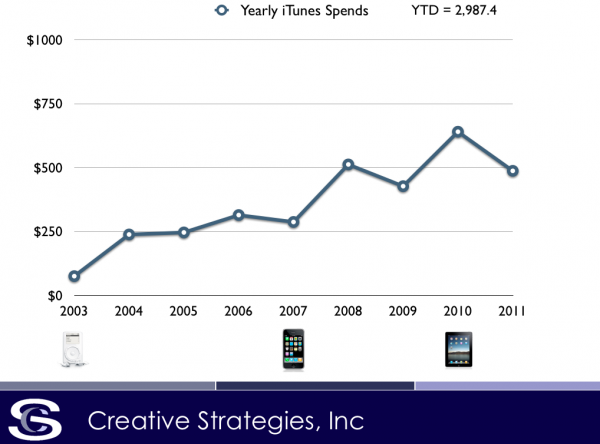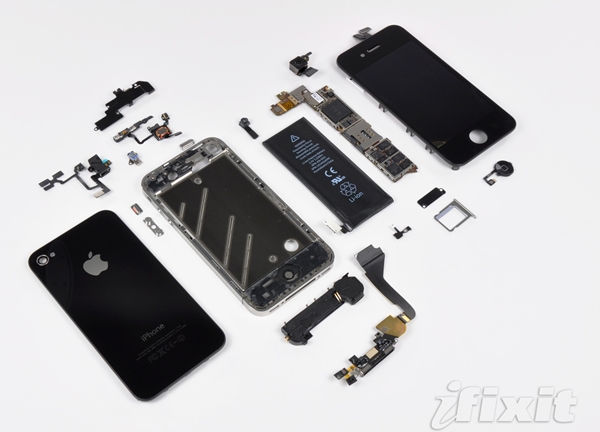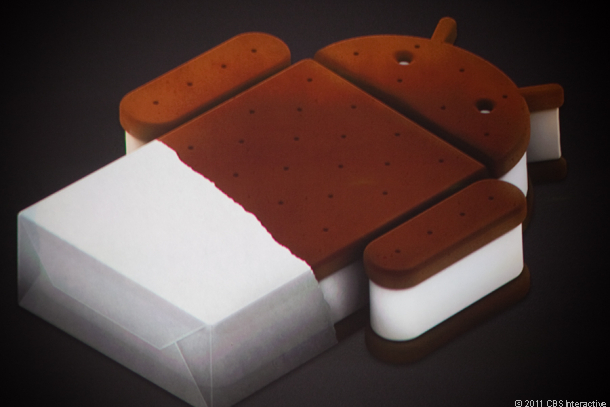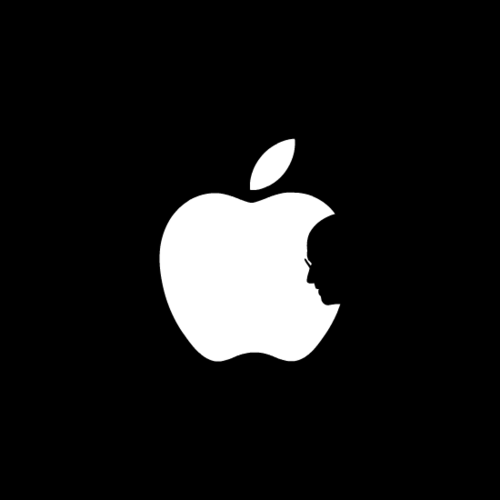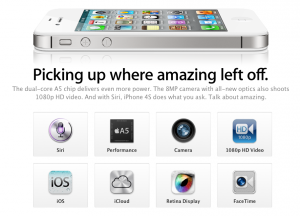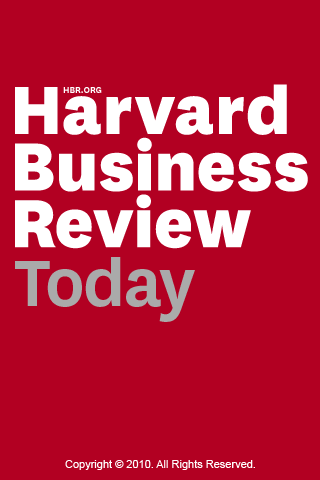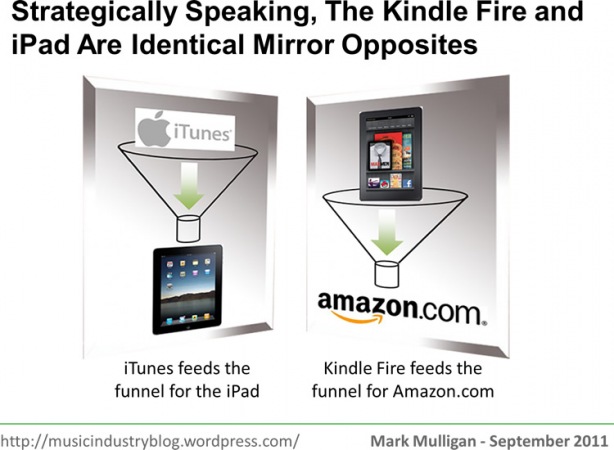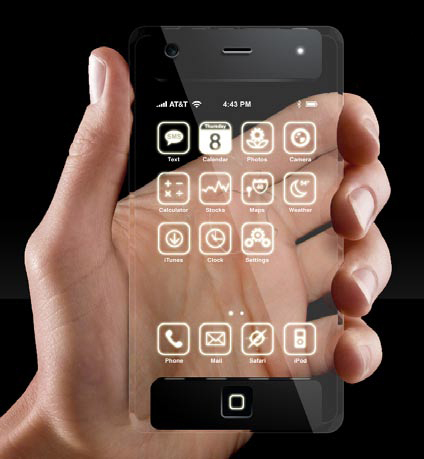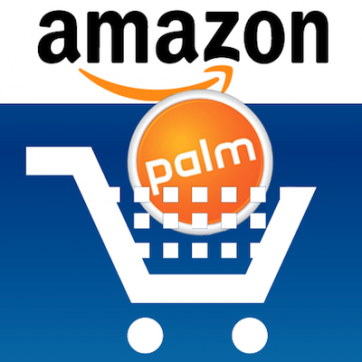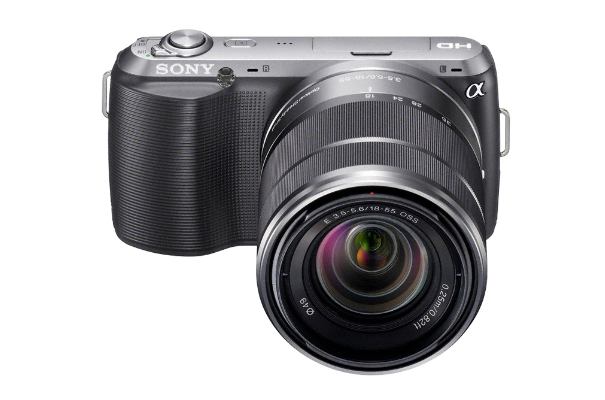 There has been quite a bit of interesting media and headlines this last week pointing to data related to Samsung’s latest earnings and smartphone shipments. Many are making the claim that Samsung is now the number one smartphone vendor by volume. However, when we dig deeper into the numbers we find a different story.
There has been quite a bit of interesting media and headlines this last week pointing to data related to Samsung’s latest earnings and smartphone shipments. Many are making the claim that Samsung is now the number one smartphone vendor by volume. However, when we dig deeper into the numbers we find a different story.
First (something that shockingly needs to be continually pointed out), the numbers released in Samsung’s earnings of 27.8 million smart phones shipped is product shipped into the channel not sold to consumers. In reality the carriers stores are Samsung’s customers since their goal is to sell phones to carriers who then try to sell them to consumers. This is called having a channel strategy, something Apple does very differently due to their rather large retail presence. Another differentiating point regarding numbers is that Apple actually releases the number of products sold to consumers where many other companies do not.
Second, the statement that Samsung is the largest “shipper” of smartphones can only apply to Samsung’s Q3 for 2011 not per annum. Apple still sells annually more smartphones than any other manufacturer.
It is tough to say exactly how many smartphones Samsung “shipped” into channel in 2011 to-date since they did not disclose smartphone shipment data in their Q2 earnings. That being said I’ve seen credible attempts to break down estimates and the most logical number I have found for “shipments” into channel from Samsung thus far in 2011 is 50.2 million. In that same period (since January of 2011) Apple SOLD 56.09 iPhones. This is why I am confident Apple is still the number one smartphone vendor. One last point here, we believe Apple will SELL north of 25 million iPhone’s (conservatively) in this upcoming holiday quarter.
We need to be much wiser if we are going to make headlines with market share claims. I understand to many market share is a big deal but I don’t believe it is as big a deal as people make it out to be.
Henry Blodget of Business Insider makes a point that I disagree with. In his column on why Apple should be worried about this Samsung data he states:
As the history of the tech industry has demonstrated again and again, technology platform markets tend to standardize around a single dominant platform. Although several different platforms can co-exist while a market is developing, eventually a clear leader emerges. And as it does, the leader’s power and “network effects” grow, while the leverage of the smaller platforms diminishes.
I don’t disagree that Henry’s observation is true, I simply don’t believe it will be true in the future. The flaw in this observation is that it is only true when a new product, technology or market begins and moves to maturity. As a market matures, it is true that a standard emerges. This standard helps drive the market to maturity. Once the market matures however it becomes saturated with many variations and departures from the standard.
For Henry’s statement to have absolute truth we would need to look farther back than just the technology industry to ALL consumer products. If we do that we find that what I pointed out is always true. Once a market matures it fragments and thus there is no longer a dominant market leader. Study consumer packaged goods, automobiles, consumer appliances and more and you will find this to be true.
This is why I am confident that Apple, Android and most likely Windows Phone will all compete for market mobile share but there will be no dominant leader like there was when Microsoft had 98% Windows share. That future will not happen, as all three platforms will co-exist and each have chunks of the market to themselves.
Smartphones are 5% of global handset shipments world-wide. If we think that this game is anywhere close to being over we would be deceiving ourselves. We have a long journey ahead and one hopefully filled with tremendous competition, because when that happens consumers always win.

